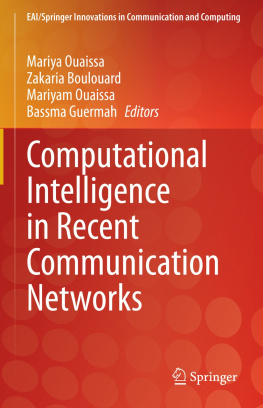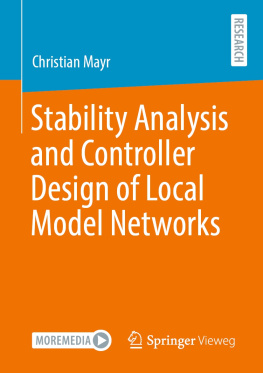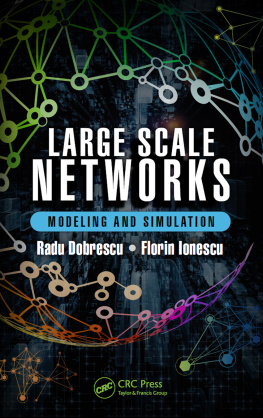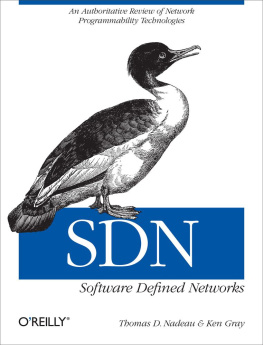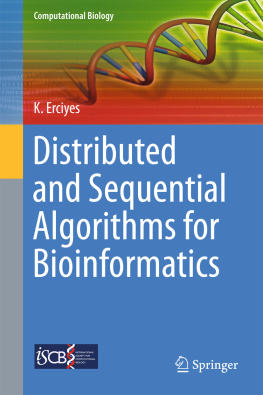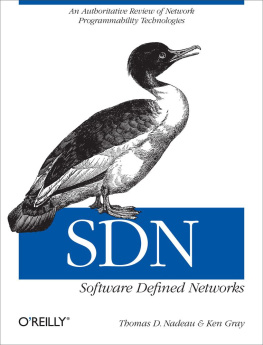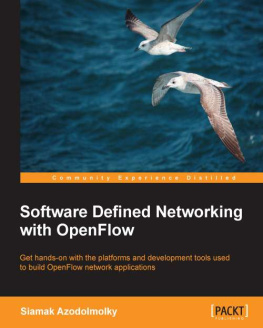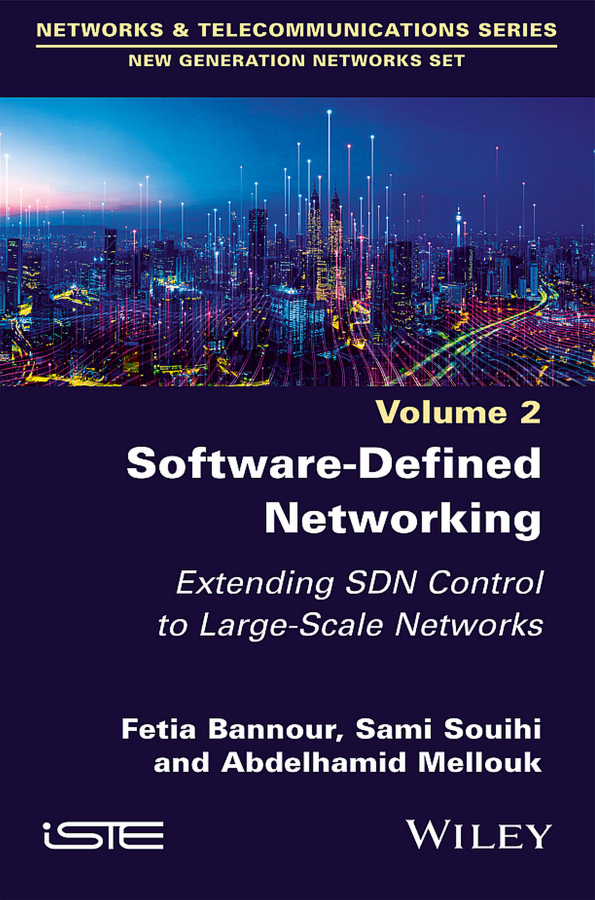Table of Contents
List of Tables
- Chapter 2
- Chapter 3
- Chapter 4
- Chapter 5
List of Illustrations
- Chapter 1
- Chapter 2
- Chapter 3
- Chapter 4
- Chapter 5
Guide
Pages
To my parents, my sisters and my wonderful readers
Fetia Bannour
To my beloved family, my wife and my dear children
Sami Souihi
To my oldest, beloved and magnificent daughter Ikram on her birthday this year.
Abdelhamid Mellouk
New Generation Networks Set
coordinated by
Abdelhamid Mellouk
Volume 2
Software-Defined Networking
Extending SDN Control to Large-Scale Networks
Fetia Bannour
Sami Souihi
Abdelhamid Mellouk

First published 2022 in Great Britain and the United States by ISTE Ltd and John Wiley & Sons, Inc.
Apart from any fair dealing for the purposes of research or private study, or criticism or review, as permitted under the Copyright, Designs and Patents Act 1988, this publication may only be reproduced, stored or transmitted, in any form or by any means, with the prior permission in writing of the publishers, or in the case of reprographic reproduction in accordance with the terms and licenses issued by the CLA. Enquiries concerning reproduction outside these terms should be sent to the publishers at the undermentioned address:
ISTE Ltd
27-37 St Georges Road
London SW19 4EU
UK | John Wiley & Sons, Inc.
111 River Street
Hoboken, NJ 07030
USA |
| www.iste.co.uk | www.wiley.com |
ISTE Ltd 2022
The rights of Fetia Bannour, Sami Souihi and Abdelhamid Mellouk to be identified as the authors of this work have been asserted by them in accordance with the Copyright, Designs and Patents Act 1988.
Any opinions, findings, and conclusions or recommendations expressed in this material are those of the author(s), contributor(s) or editor(s) and do not necessarily reflect the views of ISTE Group.
Library of Congress Control Number: 2022941880
British Library Cataloguing-in-Publication Data
A CIP record for this book is available from the British Library
ISBN 978-1-78630-849-8
Acronyms
| API | Application Programming Interface |
| AS | Autonomous System |
| CAP | Consistency Availability Performance |
| CDN | Content Delivery Network |
| CLARA | Clustering LARge Applications |
| CPP | Controller Placement Problem |
| DDBS | Distributed DataBase System |
| DHT | Distributed Hash Table |
| DoS | Denial-of-Service |
| ForCES | Forwarding and Control Element Separation |
| FSM | Finite-State Machine |
| IETF | Internet Engineering Task Force |
| IoT | Internet of Things |
| IXP | Internet eXchange Point |
| MD-SAL | Model-Driven Service Abstraction Layer |
| ML | Machine Learning |
| MOCO | Multi-Objective Combinatorial Optimization |
| NIB | Network Information Base |
| NSGA-II | Non-dominated Sorting Genetic Algorithm II |
| ODL | OpenDayLight |
| OF | OpenFlow |
| ONF | Open Networking Foundation |
| ONOS | Open Network Operating System |
| PACELC | Partition, tradeoff Availability and Consistency, Else, tradeoff Latency and Consistency |
| PAM | Partitioning Around Medoids |
| POCO | Pareto-Optimal COntroller |
| PSA | Pareto Simulated Annealing |
| QL | Q-Learning |
| QoE | Quality of Experience |
| QoS | Quality of Service |
| RL | Reinforcement Learning |
| RSM | Replicated State Machine |
| SDN | Software-Defined Networking |
| SDX | Software-Defined eXchange |
| SLA | Service-Level Agreement |
| SPOF | Single Point of Failure |
| TE | Traffic Engineering |
| UDP | User Datagram Protocol |
| WAN | Wide Area Network |
| XFSM | eXtended Finite-State Machine |
Preface
Due to the emergence of new kinds of communication and networking technologies (e.g. the Internet of Things (IoT), mobile trends, network virtualization) and the rise of many advanced services (e.g. real-time services, e-health, multimedia, smart cities, gaming) supported by these technologies, todays networks considered relatively static, ossified and challenging to manage are no longer suitable to handle the complexity and diversity of network information being disseminated in todays modern and dynamic networking environments.
There is a strong need to shift the current network architecture to a new model that adapts to such changes and leverages new control strategies to ease network management and automation, leading to better network performance and lower operating costs. In this context, software-defined networking (SDN) has emerged as a new networking paradigm that decouples network control and forwarding functions, enabling the network control to become directly programmable and the underlying infrastructure to be abstracted for applications and services.
SDN attempts to centralize the network control, thus offering improved visibility and flexibility to manage the network, optimize its performance and reduce its operating costs. However, centralized SDN designs, in which the control plane logic is physically centralized in a single software component called the SDN controller, present numerous challenges including the issues of control plane reliability, scalability and performance. To meet these challenges, it is necessary for the SDN control architecture to evolve toward a physically decentralized system. However, such physically distributed but logically centralized SDN platforms bring additional challenges.
In this book, we aim to provide a thorough exploration of the SDN technology and, more importantly, we deal with the SDN decentralization problem in the context of large-scale networks. We propose novel approaches to decentralize the SDN control plane without forgoing the centralization benefits of SDN. Part of this book was initially based on the work conducted within the framework of Fetia Bannours PhD thesis. This work was subsequently developed into a book to facilitate understanding of the decentralized SDN control plane. The latter may indeed be implemented using the existing distributed SDN controllers. However, their significant number, along with their particular pros and cons, made the choice extremely difficult for those who attempted to adopt a distributed SDN architecture in large-scale deployments.
To provide useful guidelines for such SDN research and deployment initiatives, this book reviews the SDN concept by studying the SDN architecture compared to the traditional one and provides a detailed analysis of state-of-the-art distributed SDN controller platforms by assessing their advantages and drawbacks, classifying them in novel ways (physical and logical classifications) and comparing them with respect to various criteria. Additionally, a thorough discussion on the major challenges of existing distributed SDN controller platforms is provided along with insights into emerging and future trends in that area. Furthermore, to tackle some of the most prominent challenges related to the decentralization of the SDN control plane in large-scale networks, three novel approaches are proposed in this book.


